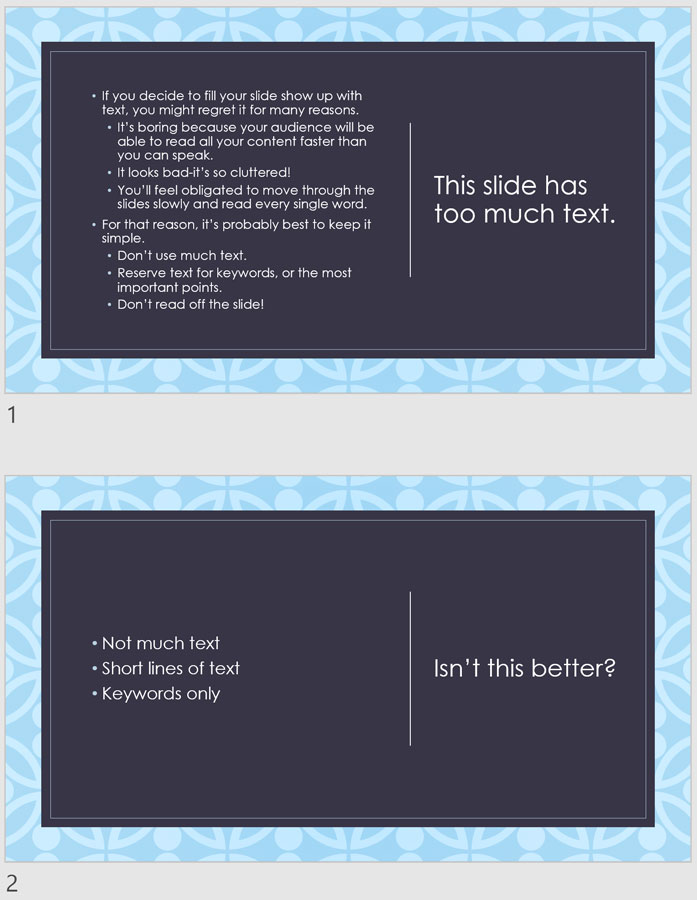

 Script fonts are fonts that appear to be handwritten. Sans serif fonts appear more modern and are best used for on-screen text. Sans Serif fonts are the opposite of serif fonts, as they do not include the decorative embellishments. Serif fonts appear more traditional in appearance and are best used for printed text. Serif fonts include small decorative lines or embellishments on the body of the character. When using fonts in eLearning, learn the different types of fonts, how they are classified, and how they affect the looks and feel of your content.įonts are organized into four main classifications: Some fonts are modern, some are whimsical, and others are just plain quirky! And just like the many classifications of animals within the animal kingdom, there are just as many classifications of fonts within the “font kingdom.” Understand How Fonts are Classifiedįonts come in every shape and size. If you’re looking to improve your use of fonts to create better-looking courses, check out these five tips for using fonts in eLearning. If you’re new to eLearning or a non-graphic designer, selecting, pairing, and incorporating fonts into your design can be a challenge! When designing an eLearning course, it’s easy to overlook the use of fonts and stick with the default styles. On the other hand, when fonts are used improperly, they can become distracting and create an inconsistent design.
Script fonts are fonts that appear to be handwritten. Sans serif fonts appear more modern and are best used for on-screen text. Sans Serif fonts are the opposite of serif fonts, as they do not include the decorative embellishments. Serif fonts appear more traditional in appearance and are best used for printed text. Serif fonts include small decorative lines or embellishments on the body of the character. When using fonts in eLearning, learn the different types of fonts, how they are classified, and how they affect the looks and feel of your content.įonts are organized into four main classifications: Some fonts are modern, some are whimsical, and others are just plain quirky! And just like the many classifications of animals within the animal kingdom, there are just as many classifications of fonts within the “font kingdom.” Understand How Fonts are Classifiedįonts come in every shape and size. If you’re looking to improve your use of fonts to create better-looking courses, check out these five tips for using fonts in eLearning. If you’re new to eLearning or a non-graphic designer, selecting, pairing, and incorporating fonts into your design can be a challenge! When designing an eLearning course, it’s easy to overlook the use of fonts and stick with the default styles. On the other hand, when fonts are used improperly, they can become distracting and create an inconsistent design. 
When used properly, fonts can create visual interest and hierarchy, give your course personality, and even evoke an emotional response from your learners. Using fonts in eLearning can have a dramatic impact on the experience your learners have while using your course.







 0 kommentar(er)
0 kommentar(er)
